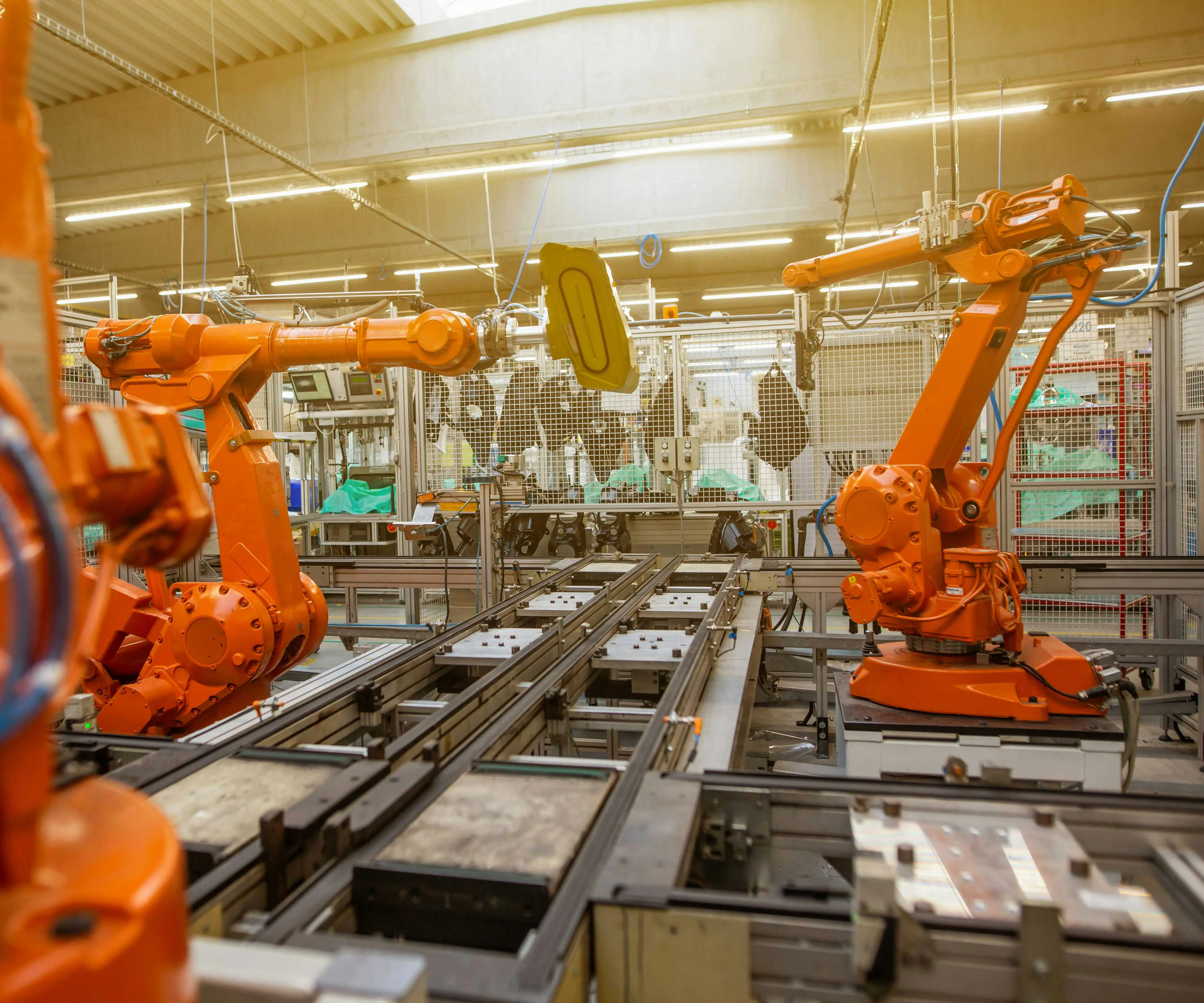Ever wonder why so many tech-savvy companies toss out monolithic systems and embrace microservices? It’s like moving from a one-room apartment to a sleek, modular condo—the flexibility, the ease of upgrades, the ability to isolate problems. Let’s dig into why microservices are shaking up the software world, and how they might just be the game-changer you didn’t know you needed.

Imagine you're running an online store. The traditional way? You build a huge app that handles everything: user management, payments, product catalog, shipping. When one tiny part runs into trouble, everything stalls. That’s the risk with monoliths—fewer moving parts but one big crash can bring the whole system down. Microservices break that bad habit. Instead of one big beast, you have tiny, independent services talking to each other. If the payment service faces issues, the product catalog keeps running smoothly. That kind of resilience? It’s priceless.
Now, think about deploying updates. Ever had a moment where pushing a new feature took down your whole site? With microservices, you can update individual pieces without turning off the entire shop. That’s agility in action. You’re not waiting for a massive release to fix a bug; small, quick fixes happen all the time. No more long downtimes, no more risk of breaking everything blindly.
But it’s not just about fixing problems faster. Microservices open doors for scaling. If your product suddenly hits a surge—say, Black Friday, or a flash sale—you can beef up just the parts that need it. The rest keeps chugging along. Companies that handle millions of users a day have seen microservices help them scale smoothly without crashing or lagging.
You might be asking, “But isn’t it complicated to manage all those little services?” Yeah, it can be. But modern architecture tools make orchestrating microservices manageable, even straightforward. Think of it as turning chaos into a symphony, where each instrument plays its part perfectly without drowning out the others.
Plus, microservices align well with teams that want to specialize. Instead of everyone working on one giant codebase, different teams can own different services. Faster innovation, fewer conflicts, cleaner code—sounds like a dream, right? It’s like having a team of car experts working on different parts instead of one mechanic trying to fix everything at once.
Still, some might wonder about the overhead. True, microservices require thoughtful architecture and monitoring. But with careful planning, the real benefits far outweigh the initial effort. It’s about investing in future-proof solutions, turning your monolith into a flexible, resilient, and scalable ecosystem.
So, do you really need microservices? If your project demands quick updates, high scalability, and resilience against failures, it might just be the move you’re looking for. The shift isn’t just a trend; it’s a revolution in software design. Once you see the benefits, returning to monoliths probably won’t seem appealing anymore.
Established in 2005, Kpower has been dedicated to a professional compact motion unit manufacturer, headquartered in Dongguan, Guangdong Province, China. Leveraging innovations in modular drive technology, Kpower integrates high-performance motors, precision reducers, and multi-protocol control systems to provide efficient and customized smart drive system solutions. Kpower has delivered professional drive system solutions to over 500 enterprise clients globally with products covering various fields such as Smart Home Systems, Automatic Electronics, Robotics, Precision Agriculture, Drones, and Industrial Automation.




































